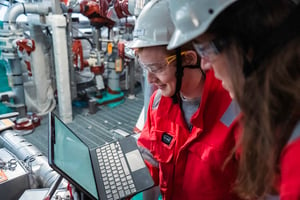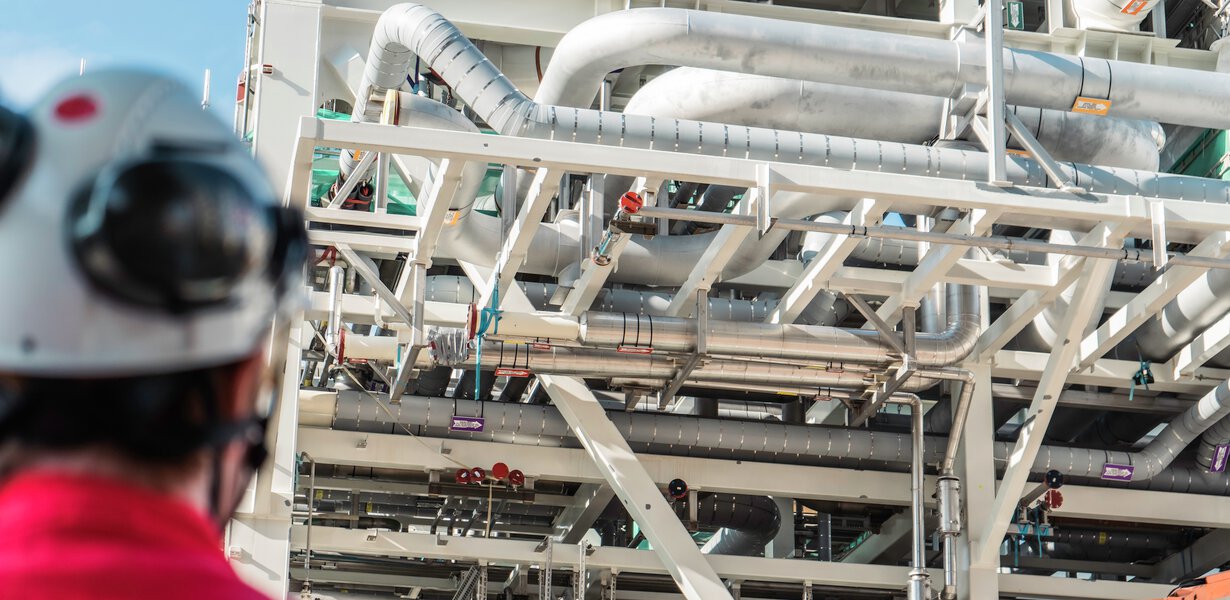The oil and gas (O&G) sector is undergoing a transformative phase, reshaping its operational framework in response to evolving industry demands and technological advancements.
As operators and Engineering, Procurement, and Construction (EPC) companies navigate through this complex landscape, they are actively rethinking and restructuring their operating models. This transition is not a quick fix but a strategic, multi-year journey, marked by diverse paces and methodologies across the sector.
Amidst this evolution, three prominent trends are emerging, each signalling a significant departure from traditional operational norms and introducing new paradigms in how O&G companies function.
These trends are reshaping the industry's approach to personnel management, productivity optimisation, and organisational structure. They reflect a broader industry recognition of the need to adapt to changing market conditions, technological advancements, and the increasing importance of sustainability and safety standards.

1. Onshoring Offshore Personnel Where Feasible
This initiative has significant cost and Health, Safety, Security, and Environmental (HSSE) implications. Transportation to remote offshore facilities is a high HSSE risk. Offshore Full-Time Equivalents (FTEs) are typically 2-3 times more expensive than onshore roles.
By relocating roles that do not necessarily require on-site presence, substantial cost and HSSE benefits can be realised.
2. Minimising Productivity Losses Among Staff
While the direct cost of employees often constitutes less than 20 per cent of an operator's operating expenses (opex), the impact of labour-intensive engineering and support services on personnel productivity is substantial. Challenges include finding necessary information, collaborative problem-solving, and process approvals.
Gartner's 2013 report noted that workers manage documents about 50% of their time. Similar findings from IDC and McKinsey & Co. also highlight these productivity issues. Organisational silos, unlinked expert systems, and misaligned incentives hinder multi-disciplinary collaboration and slow task progression.
Improving work processes and interactions contributes to efficiency gains and enhances staff satisfaction.
3. Centralisation to Leverage Labor Cost Advantages and Core Competencies
Many large operators and engineering firms have considered or implemented centralised hubs for key O&G disciplines. Though headcount costs in these hubs are typically 20-50% lower, the overall effectiveness has been impacted by factors like lack of collaboration tools, on-site inspection needs, and cultural and time-zone differences.
However, the trend towards creating engineering hubs is accelerating as the push for increased efficiency grows, and new technologies enable better remote planning and oversight, leading to significant bottom-line impacts.
A substantial shift in the O&G operating model
These trends mark a substantial shift in the O&G operating model, moving away from the traditional approach where most resources are on-site.
For instance, a turbine borescope job in the Gulf of Mexico could be entirely planned by a specialist in India using a facility's digital twin, incorporating various data sources, facility CAD models, scans, photogrammetry, and sensor data, while coordinating with teams in Aberdeen and the procurement and logistics hub in Djakarta.
Want to learn how Aize can help your EPC projects?
Visit our EPC page to learn more.

Post written by Tomas Bacarreza
Tomas is the Marketing Content Manager at Aize. He brings a range of experience in content strategy, production and management for B2B SaaS companies.
Stay in the loop
I’d like to sign up to Aize newsletter



